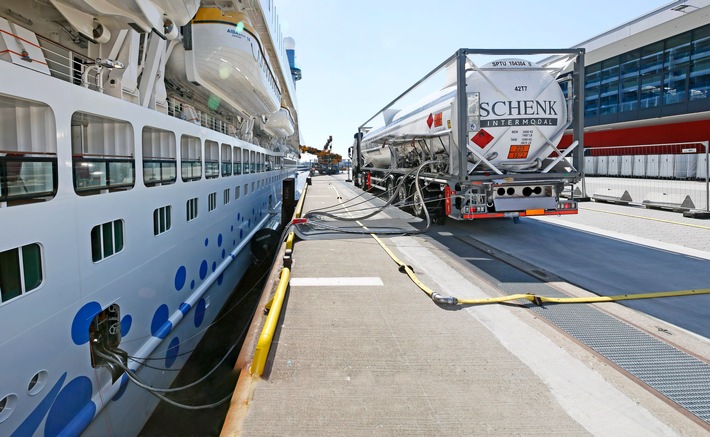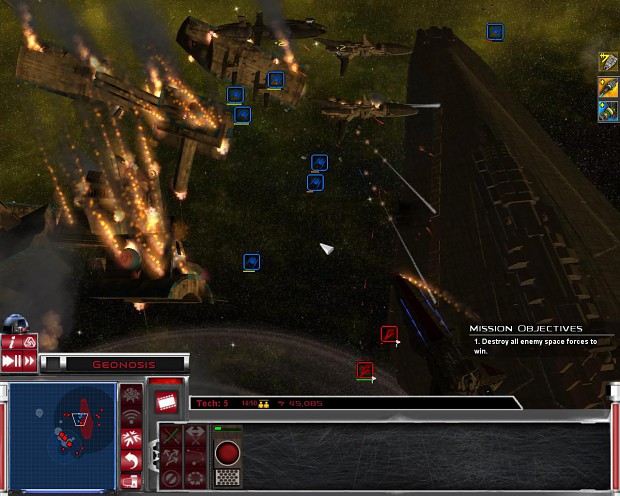
PRIDE Model of Practice
For over two decades the PRIDE Model of Practice has increased opportunities for child welfare agencies to provide a standardized, consistent, structured framework for the competency-based recruitment, preparation, assessment, selection, of foster and adoptive (resource) parents, and for foster parent in-service training and ongoing professional development. The PRIDE Model of Practice was originally developed in partnership with the Illinois Department of Children and Family Services (DCFS) and a broad coalition of foster and adoptive parents, public and private agency staff, educators, and other experts nationwide and internationally. The PRIDE Model of Practice is used, in whole or in part, across the United States and in more than 25 countries.
The PRIDE Model of Practice to develop and support resource parents as team members in child protection and trauma-informed care of children has three major components: Planning, Development and Support. Within these components are 14 specific steps.

The Planning Component:
These are important core values for everyone who works, learns, teaches and discovers at UCSF. Although we never formally verbalized PRIDE as campus values, they are UCSF values and, in many ways, are demonstrated daily throughout the University. This set of overarching values aligns with UCSF's Principles of Community and Code of Ethics. The Intimidator10 was an Imperial I-class Star Destroyer in service of the Galactic Empire. Under the command of Admiral Gorin, it participated in the Battle of Scarif in 0 BBY, where it was rammed by the Star Destroyer Persecutor, which in turn had been pushed by the Sphyrna-class Hammerhead corvette Lightmaker. The combined wreckage of all three ships then fell into the Scarif Shield Gate. Pride and Prejudice Portrait of George III (1738–1820) by Sir William Beechey, 1820. (Wikimedia Commons) Austen's short life encompassed the 'madness of King George,' the American and French revolutions and the Battle of Waterloo. Pride of the Navies. 103 Pride of the Navies, Jamestown Exposition 1907. CORE is a not-for-profit service delivered by the Open University.

- Step 1, Clarify agency’s mission, as staff and resource parents alike must know and be committed to the focus of the agency’s work.
- Step 2, Identify how resource parents help achieve the agency’s mission through five core competencies that will form the foundation for assessment and preparation.
- Step 3, Assess local needs, determine the nature and number of resource families to be recruited (sibling groups, ages, special needs)
The Development Component:
- Step 4, Educate the public using recruitment strategies that focus on the unique value of resource parents to children, families, and communities.
- Step 5, Respond to inquiries, with a positive, immediate message of appreciation and information.
- Step 6, Provide program information and inform prospective resource families about the agency, the children, and the mutual selection process.
- Step 7, Consult with families in their home environment, continue the mutual assessment process.
- Steps 8A and 8B, Engage prospective resource families in the mutual assessment and preparation process, featuring the FosterPRIDE/AdoptPRIDE pre-service group sessions integrated with individual at-home consultations with Family Development Specialists. (Two options: Hybrid In-Person/Online and Traditional In-Person)
- Step 9, Select in or out, prospective resource family and Family Development Specialist engage in mutual decision making regarding whether the family has the ability, resources, and willingness to use the five core competencies as team members in child protection and trauma-informed care of children.
The Support Component:
- Step 10, Match needs of children with the strengths of resource families.
- Step 11, Create and implement plan for ongoing development and support of resource families related to the needs of children in their families.
- Step 12, Engage in ongoing teamwork, focusing on protecting and nurturing children, meeting development needs, addressing delays, supporting children’s relationships with birth families, connecting children to safe and nurturing relationships intended to last a lifetime.
- Step 13, Participate in in-service training, to achieve core, advanced and specialized levels of competency.
- Step 14, Conclude relationship with agency and transition from role as resource parent.
The above 14 steps are also known as “Points of Engagement.” This is because most resource families will interact with a number of agency staff who fulfill various functions such as recruitment, family assessment, ongoing support, etc. The PRIDE Model of Practice helps ensure that interactions are consistent and strengths-based, leading to positive outcomes for children who have experienced trauma.

By implementing these steps, agencies that invest in the PRIDE Model of Practice have a comprehensive, best practices approach to developing, assessing, selecting, training, and retaining resource families as team members in achieving child protection and trauma-informed care of children.
The PRIDE Model of Practice Competencies
Integral to the PRIDE Model of Practice is the understanding that protecting and nurturing children at risk and strengthening all their families (birth, foster, or adoptive) requires teamwork among individuals with diverse and culturally responsive knowledge and skills, but all working from a shared vision and toward a common goal. Resource parents are essential members of this team. They, like caseworkers, require preparation and training to acquire the knowledge and skills needed to be effective in their work. The aim of the competency-based approach is to assure that resource families are willing, able, and have the resources to meet the needs of traumatized children and their families to the fullest possible extent.

The PRIDE Model of Practice identifies five essential competency categories for resource parents:
• Protecting and nurturing children.
• Meeting children’s developmental needs, (which includes health, intellectual growth, appropriate discipline, cultural and sexual identity, social skills, academic progress, as well as ameliorating the effects of trauma and other developmental challenges or delays).
• Supporting children’s relationships with their birth families (because whether children have a little contact, a lot of contact, or no contact with their families they have feelings about them, and best practice dictates that child welfare services promote healing between children and their families).
• Connecting children to safe, nurturing relationships intended to last a lifetime (or permanency, because children need continuity, commitment, legal and social status that comes from having a family of one’s own).
• Working as a member of a professional team.
The competencies were developed from a comprehensive analysis of the roles of foster and adoptive parents. They were grouped into the five categories that had been framed by the National Commission on Family Foster Care, convened in 1991 by CWLA and the National Foster Parent Association (NFPA) and published in the book, A Blueprint for Fostering Infants, Children, and Youths in 1990s. These competencies follow a progression of learning operationalized at the pre-service (prior to child placement) and core (within the first two years of service) levels, and continue through the development of advanced and specialized skills.
One of the most compelling features of the PRIDE Model of Practice is that these competencies clarify what resource parents are expected to know and be able to do for children in their care. A second compelling aspect of PRIDE is the relationship of the family assessment (home study) to these competencies. Disruptions occur when resource parents do not have the willingness, ability, or resources to fulfill one or more of these competencies.
Pride Of The Core Star Wars
An important feature of the PRIDE Model of Practice is the integration of preparation (pre-service training) with the assessment of prospective resources parents to ensure that they have the willingness, ability, and resources to demonstrate these competencies. Prospective foster and adoptive parents sometimes have unrealistic ideas about what is expected of them, what the children will be like, and how the child welfare system works. But without the requisite strengths, skills, and supports, it is children who are treated like merchandise and returned to their agencies or worse, abused. Or, foster parents may be recruited, assessed, selected, and trained as full partners in child protection. But if that valuable role is not clear to all members of the agency then foster parents become frustrated when not treated with dignity and respect; they leave, the agency’s image in the community is tarnished, and the recruitment cycle begins again.
The PRIDE Model of Practice recognizes that foster and adoptive parents are a rare, valuable resource. Without them, children who must be separated from their families of origin would not have the benefits of family living. PRIDE also emphasizes that to be any kind of parent (birth, foster, adoptive) is a privilege, not a right; but for children to be protected, that is a right, not a privilege.
How To Build Pride Of The Core
For assistance with the PRIDE Model of Practice, please contact Donna D. Petras, PhD, MSW, Director, Models of Practice.